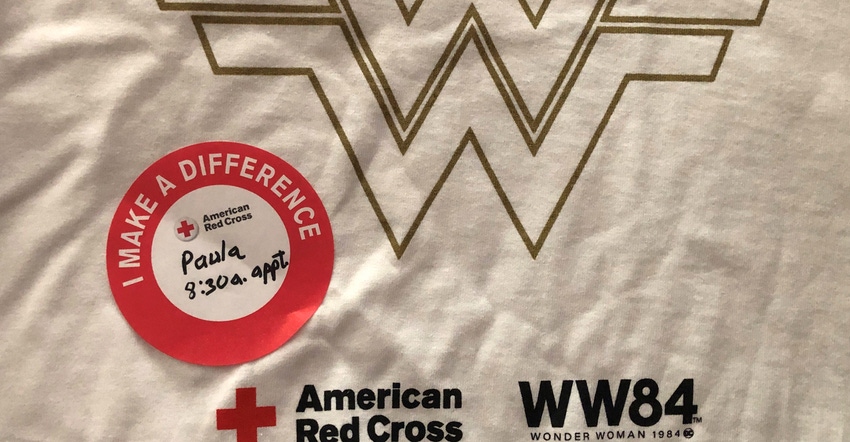July 24, 2020

Almost monthly, we hear about the need for more blood donations.
The need is especially great since COVID-19 hit the U.S.
Back in March, it was reported that more than 4,000 blood drives across the country were canceled because of the coronavirus, resulting in a loss of 130,000 donations, according to the American Association of Blood Banks. At the time, hospitals across the country were canceling elective surgeries and reducing the amount of blood they give patients to conserve their blood supply.
Minnesota state epidemiologist Kris Ehresmann recently encouraged residents to help their communities by giving blood.
If you can donate blood, I encourage you, too, to look for a local blood drive now and sign up to give.
My dad gave blood throughout his life, and I was inspired by his example. I try to give every two months when possible. In early July, I marked my 96th pint.
If you are concerned about donating during these pandemic times, please keep in mind that donating blood is safe. I’ve noticed a few extra precautions during my last two donations, given in April and in July.
First, you must wear a mask in order to give blood — except when in the canteen area for beverages and snacks. If you do not arrive wearing one, you will be given a disposable mask.
At my regular blood donation site, the Anoka American Legion Hall, the check-in protocol was similar to the pre-COVID routine with a couple twists. With my mask on, I was met at the building door and had my temperature taken on my forehead. After given the OK, I headed downstairs to the room where the blood drive takes place.
At this doorway, I waited in line — 6 feet apart from the person in front of me — to officially check in. Because I had an appointment and already answered health screening questions earlier that morning via my cellphone Blood Donor app, I breezed through the process.
I was then directed to a line of chairs, set 6 feet apart, to wait for my final health screening. I wasn’t waiting long before I was waved over to a private table where I had my blood tested for its hemoglobin, my temperature recorded a second time and my blood pressure taken.
At each step, Red Cross workers and volunteers wore masks or clear face shields, wore plastics gloves, and were disinfecting surfaces between donors. I never felt concerned about picking up the virus. It felt like a routine blood donation.
One additional difference? In mid-June, the American Red Cross began testing blood, platelet and plasma donations for COVID-19 antibodies as an additional health service to its donors. The COVID-19 antibody test detects the presence of antibodies that may fight off the SARS-CoV-2 infection.
A positive antibody test result indicates that a person may have had previous exposure to the virus that causes COVID-19 and has developed specific antibodies to the virus. The test does not diagnose or confirm an infection with coronavirus.
Antibody test results are available about a week after you donate. You can view results on your app or on the Red Cross website. A person who has a positive antibody test result may be eligible to participate in a convalescent plasma donation program.
Interested in donating blood? Visit the Red Cross online.
Read more about:
Covid 19You May Also Like




